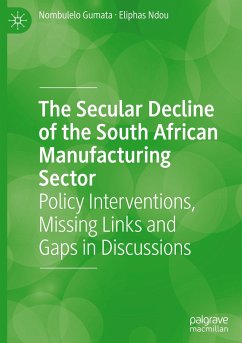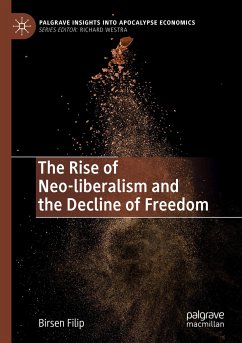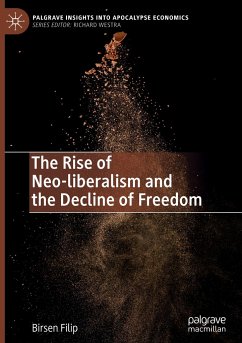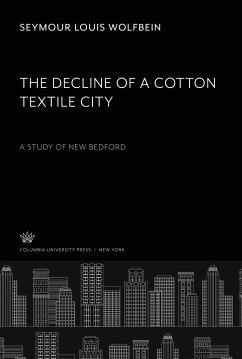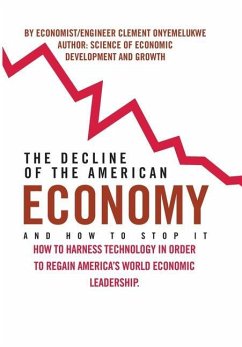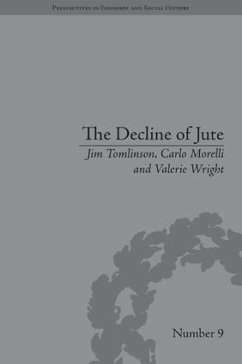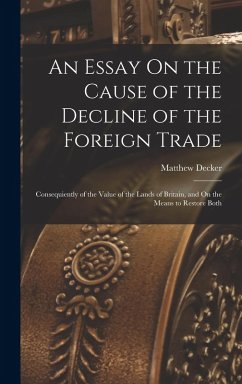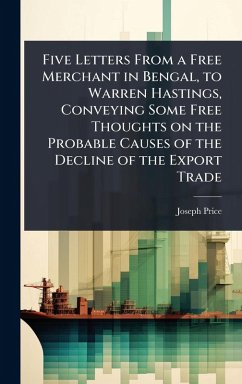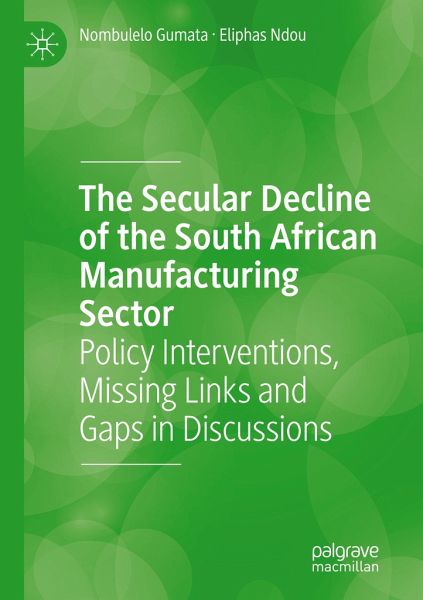
The Secular Decline of the South African Manufacturing Sector
Policy Interventions, Missing Links and Gaps in Discussions
Versandkostenfrei!
Versandfertig in 6-10 Tagen
76,99 €
inkl. MwSt.
Weitere Ausgaben:

PAYBACK Punkte
38 °P sammeln!
This book examines the global and domestic factors that have influenced the decline of South African manufacturing. Quantitative and econometric techniques are used to analyse the macroeconomic conditions that derive improved performance within the manufacturing sector. Empirical evidence is used to set out policy recommendations that would allow the South African National Development Plan to meet its objectives.This books aims to bring together analysis of industrial policy, competition policy, and merger remedies to produce a framework on how to preserve a competitive environment and support...
This book examines the global and domestic factors that have influenced the decline of South African manufacturing. Quantitative and econometric techniques are used to analyse the macroeconomic conditions that derive improved performance within the manufacturing sector. Empirical evidence is used to set out policy recommendations that would allow the South African National Development Plan to meet its objectives.
This books aims to bring together analysis of industrial policy, competition policy, and merger remedies to produce a framework on how to preserve a competitive environment and support output, investment, and employment growth. It is relevant to those interested in African, development, and labour economics.
This books aims to bring together analysis of industrial policy, competition policy, and merger remedies to produce a framework on how to preserve a competitive environment and support output, investment, and employment growth. It is relevant to those interested in African, development, and labour economics.





